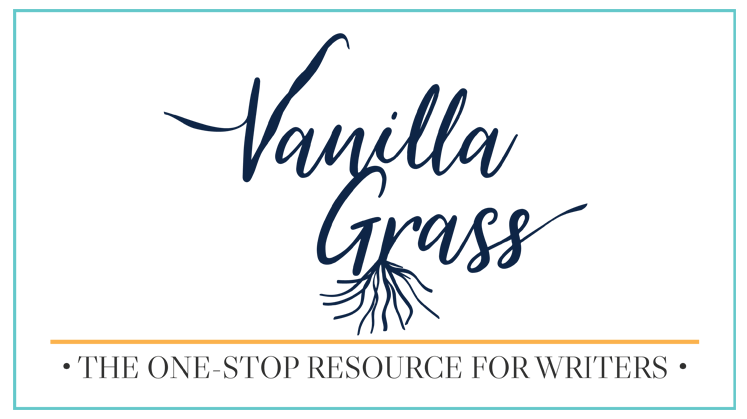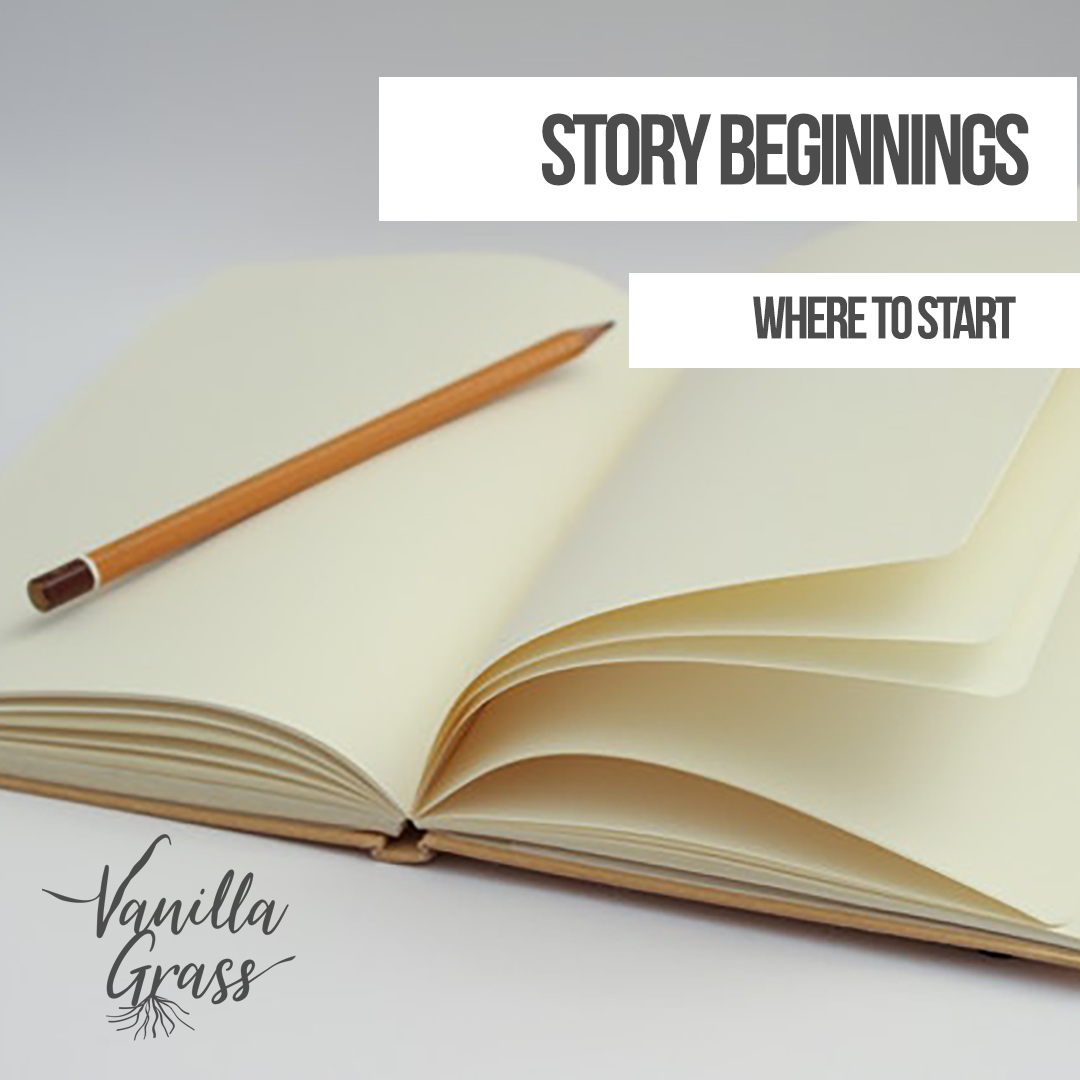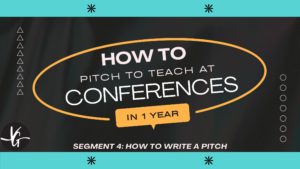Vanilla Grass is proud to feature a guest post from the amazing children’s book publisher and editor, Kiri Jorgensen, from Chicken Scratch Books on Story Beginnings: Knowing Where Your Story Starts.
We all know that the first few pages of our stories need to grab the reader’s attention, and then hold it until connection takes place. If readers connect to the main character, they’ll keep reading. Sometimes we focus so much on the perfection of our beginning, that we fail to recognize if it’s actually the start of the story or not.
Every story is just that – a story. We as authors craft a character and build a plot to tell that character’s story. Every story has a beginning, a middle, and an end. Much has been written about the many types of story structure we need to employ. At Vanilla Grass, different types of story structure are clearly explained and visualized. Every story needs this. But even if you have a strong sense of your story’s plot structure, how do you know exactly where to start? In what scene does your main character’s story truly begin?
Option 1: Start in the action

One train of thought on Story Beginnings is to start in the action. Many writers attempt this point of beginning. They devise an action scene that shows the MC’s personality, introduces the setting, and even shines a light on the central conflict. This tends to have a focus on the external plot. Physical action is interesting, intriguing, and adventurous. Many writers believe that starting in the action will hook the readers right in. This is often true, but is the hook set? At least in middle grade novels, this hasn’t been my experience. If readers only connect with the action, they’ll probably put the book down before long.
Option 2: Start at the brink of change
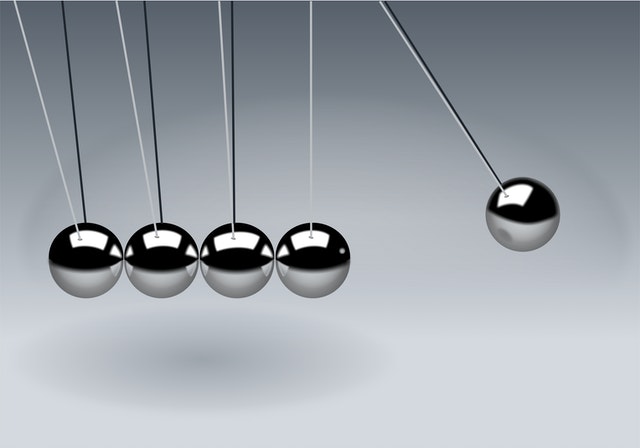
Another train of thought is to start your story where the MC is poised on the brink of change. This is more a focus on the internal, or emotional plot. Following this plan shows your beginning with the MC taking that leap into the unknown, ready to tackle the change that makes the story interesting. Depending on how you look at this concept, starting on the brink pushes the inciting incident a little too close to the beginning of the story for my liking. Plus, the reader doesn’t know your character well enough emotionally yet to appreciate that leap to its fullest extent. Writers often try to use the emotion of sympathy, or empathy to bring about connection. If we feel really sorry for the MC, we’ll connect, right? Well, pity is not my thing.
Option 3: Taking the best from each option
The novels I love tend to have a beginning that is a combination of these two trains of thought. For a story to make a strong connection to the reader very quickly, it should begin in the motivational action that is the forerunner to the earth-shaking event. The connection has to be an emotional one, but not just emotion for emotion’s sake. Make that emotional connection by directly linking to the MC’s motive behind their choices. Relating to why they do what they do is how we as readers connect.
Connecting to the protagonist’s motivation within the first chapters is a much deeper, stronger link than connecting through action or simple emotion. If the reader can relate to why your MC does what they do, they’ll connect. Starting in the middle of the motivational action gives us a view of who your MC is and why we should be interested in their story.
Finding The True Beginning
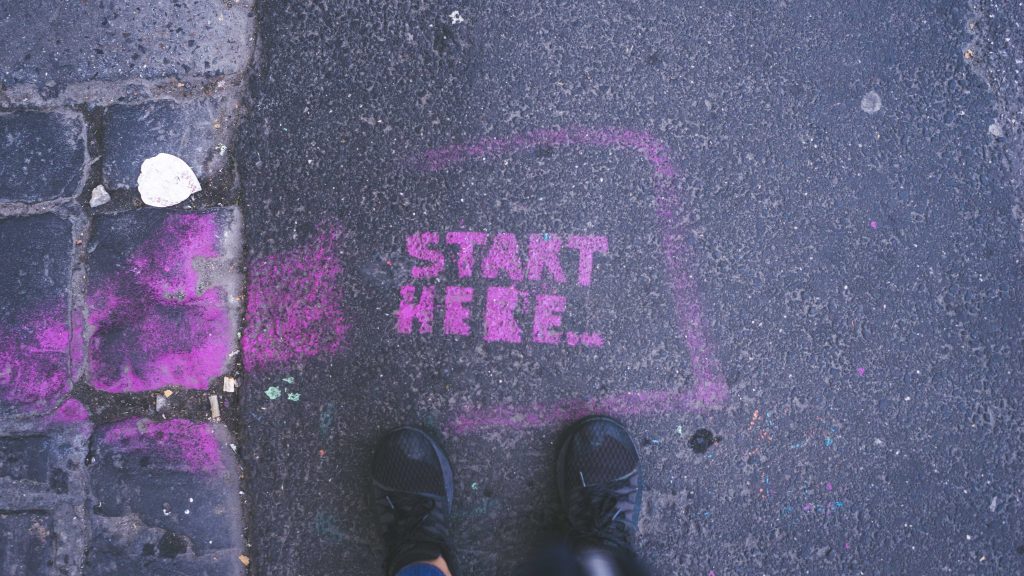
So, how to figure out where your story starts? Where is that scene of motivational action?
First, identify your inciting incident, or what I like to call the earth-shaking event. The earth-shaking event is the scene where everything changes for the MC. Where their normal world ceases to exist. Where the MC makes a choice that is driven by the deepest motive they think they have. That choice changes everything in their world. This scene is found in the first quarter of your book. It can’t be in the first chapter, and it can’t be later than ¼ the way through the story.
Once you’ve identified the earth-shaking event, then figure out the motive behind your protagonist’s choice. Identify the need they think they have that is driving that choice. This need, or motive, is the ‘emotion’ your reader will readily connect to. For a deeper look at motive and how to understand it as a writer, check out this post.
And then, think back even further from there. How can your MC show this ‘Think Need’ through their previous experiences? What physical event would show this need, not in the context of the earth-shaking event itself, but instead as a preliminary stage setter? What action scene could you craft to introduce personality and plot, but also introduce emotional connection through motive?

Ground the reader in your protagonist’s ‘normal’ emotional and physical world, so when they choose to shift to the new one, we understand the gravity of the shift. Let us see the unsettled, imperfect normal, with the protagonist squirming in the uncomfortableness of it. Let the reader see the need for change on an emotional level, so when the physical change comes in the earth-shaking event, we’re ready to jump with the MC into their new world. We’re ready to cheer them on as they move forward.
Instead of starting in the action, or the emotion, the best place to start your story is in the middle of the motivation.
We hope this kickstarts the beginning of your story. If you’re looking for more ways to start your book, check out our How to Start a Book So Readers Will Turn the Page article.
And a big thank you to Kiri for this awesome article on Story Beginnings: Knowing Where Your Story Starts!
